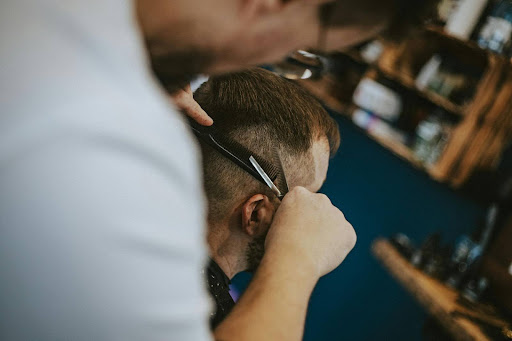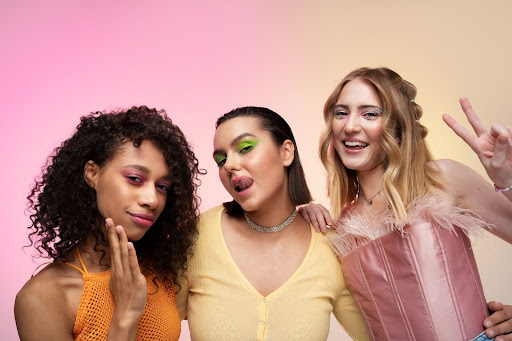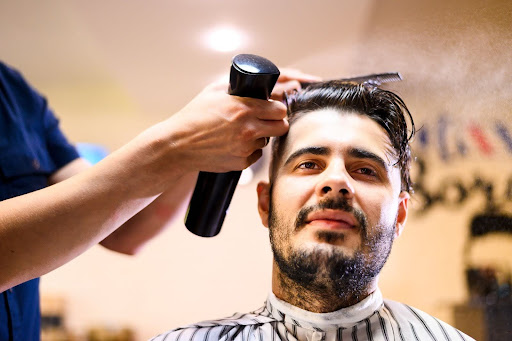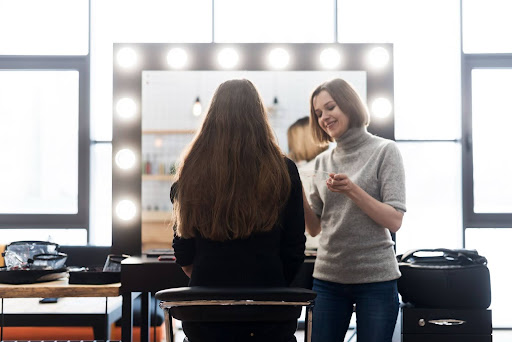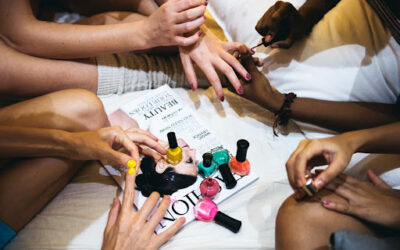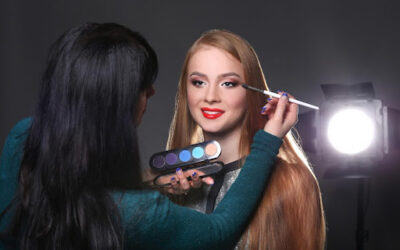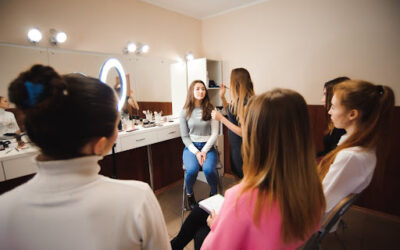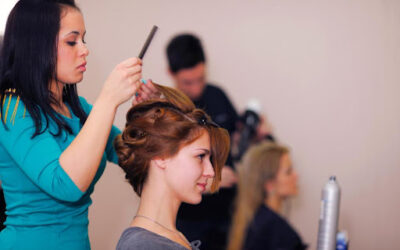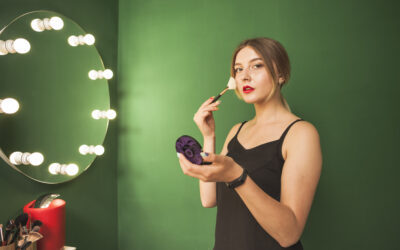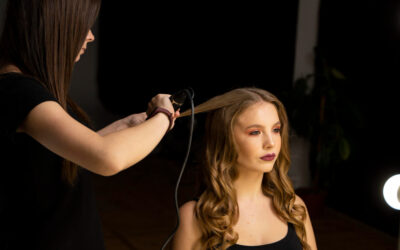Entering a professional hairdressing competition is a highlight experience for most hairstylists, providing an opportunity to express creativity, technical skill, and trend consciousness on a grand stage. These competitions not only challenge the limits but also provide stylists with exposure and visibility in the beauty world. Yet, becoming noticed takes more than talent alone. A number of critical elements go into winning such competitions, ranging from preparation and execution to presentation and creativity.
1. Technical Precision and Skill
The foundation of any winning hairdressing look lies in strong technical ability. Competitors must master the fundamentals of cutting, coloring, styling, and finishing. Precision is critical, whether it’s achieving a flawless fade, executing a complex updo, or blending vibrant hair colors seamlessly. Judges in a professional hairdressing competition closely evaluate the execution of each technique, making technical accuracy a non-negotiable factor for success.
2. Creativity and Innovation
What distinguishes a good stylist from an exceptional competitor is creative thinking. Judges tend to look for something original—how the contestant has taken the theme and whether the final look brings in something new. From innovative hairstyles to reinvented classics, creativity can go a long way. Blending individual textures, vivid colors, or unusual accessories with balance and style gives the overall impression a boost.
3. Trend Awareness
Staying updated with the latest hair trends is crucial. Competitors should research current global and local styles, incorporating elements that are fashionable yet innovative. Events like fashion weeks, runway shows, and international beauty expos are great references. Competitions often reward those who successfully blend contemporary fashion with personal flair, demonstrating relevance and versatility.
4. Presentation and Styling
In a professional hairdressing competition, presentation goes beyond just the hairstyle. It includes wardrobe coordination, makeup, posture, and the overall image projected by the model. A well-coordinated look that matches the hairstyle’s concept helps to tell a compelling story. Clean lines, polished finishing, and attention to detail in styling can strongly influence the judges’ decisions.
5. Time Management
Competition generally involves tight time constraints, which demand great time management. Participants need to be able to schedule each step of their styling process so that the final appearance is done and perfected within the allotted time. Training under timed conditions prior to the competition aids in developing efficiency and minimizing last-minute mistakes.
6. Understanding the Rules and Theme
Every competition comes with specific rules, judging criteria, and themes. Reading the guidelines thoroughly and preparing accordingly is vital. Missing out on key instructions can lead to disqualification or lower scores. Whether the event focuses on bridal hair, editorial styles, or creative color, aligning with the theme while adding a personal twist enhances the impact.
7. Confidence and Professionalism
How one presents oneself throughout the competition is important. Confidence, professionalism, and poise under pressure can leave a lasting impression. Whether it’s working with the model, coordinating tools, or dealing with unexpected issues, professionalism shows that an individual is prepared for the bigger industry stage.
8. Quality Tools and Products
Using high-quality styling tools and professional-grade hair products can make a difference in achieving a superior finish. From precision scissors to heat tools and styling sprays, the right equipment ensures efficiency and quality. Many competitions are also attended by top beauty brands, making it essential for participants to be aligned with industry standards.
9. Experience and Practice
While natural ability is essential, repeated practice and experience of competition develop expertise. Practice with models, testing various hairstyles, and obtaining critiques from mentors or industry professionals to hone skills. Participation in workshops, educational programs, and industry conferences exposes one to new trends and techniques in styling, and it further increases one’s competitiveness.
10. Networking and Industry Engagement
Competitions are also excellent platforms for networking. Engaging with fellow stylists, brand representatives, and industry veterans can lead to collaborations, mentorship, or career opportunities. Being active in the beauty community helps professionals stay visible and informed about future events or opportunities.
Conclusion
Excelling in a professional hairdressing competition involves a combination of skill, innovation, strategy, and presentation. For aspiring professionals who wish to compete nationally, shows like HBS have become a major platform in India. Introduced in 2017, HBS has grown into a major event for beauty experts, with live shows, seminars, and brand showcases.
The exhibition also features a national hairdressing and beauty competition, and it attracts thousands of visitors along with extensive exposure to the industry. For beginners and professionals, HBS is a golden opportunity to showcase ability, gain industry recognition, and develop within the ever-changing field of beauty.

